Lot 1118. A very rare sandstone stele of a bodhisattva, Northern Qi-Zhou Dynasty (550-581); 39 cm high, softwood stand. Price realised USD 94,500 (Estimate USD 80,000 – USD 120,000). © Christie's Images Ltd 2023
Provenance: Yamanaka & Co., Osaka, 1928.
Literature: Yamanaka, Shina koto kinseki tenkan (Exhibition of Chinese Classical Ceramics, Bronzes, and Stone Sculpture), Osaka, 1928, no. 231.
Yuzuru Yamanaka and Jin Liyan (eds.), Shanzhongshanghui Jingshou Zhongguoyunshupin Ziliao Huibian, vol.1 , Shanghai, 2020, p. 235.
Exhibited: Osaka, Osaka Art Club, Shina koto kinseki tenkan (Exhibition of Chinese Classical Ceramics, Bronzes, and Stone Sculptures), Yamanaka Shokai, 25-27 November 1928.
Tokyo, Sekai Isan Gallery, Silk Road Karukanaru tabi ten, Chugoku hen (A Long Journey on the Silk Road: China), 2005.
Lot 1118. A small stone head of Buddha, Tang Dynasty (550-581); 13.3 cm high, stone stand. Price realised USD 4,410 (Estimate USD 5,000 – USD 7,000). © Christie's Images Ltd 2023
Provenance: Vladimir Gregorievitch Simkhovitch (1874-1959) Collection, New York, before 1922.
Lot 1124. A rare painted wood figure of a standing bodhisattva, Jin dynasty (1115-1234); 106.7 cm high, softwood stand. Price realised USD 894,600 (Estimate USD 100,000 – USD 150,000). © Christie's Images Ltd 2023
Provenance: Jen Chai Art Gallery Inc. (J. T. Tai & Co.), New York, 24 March 1965.
Arthur M. Sackler (1913-1987) Collections.
Else Sackler (1913-2000).
Elizabeth A. Sackler.
Note: A similar polychrome wood standing figure of a bodhisattva of larger size (190.5 cm. high), dated to 1195 of the Jin dynasty, is in the collection of the Royal Ontario Museum, illustrated in in Hai-Wai Yi-Chen, Chinese Art in Overseas Collections: Buddhist Sculpture II, Taipei, 1990, p. 171, no. 161. The pose and the drapery of the two figures are extremely similar. A seated figure of a wood bodhisattva, also dated to the Jin dynasty, shown wearing similar necklaces, in the Liang-sheng T’ang Collection, is illustrated in The Art of Contemplation-Religious Sculpture from Private Collections, The National Palace Museum, Taipei, 1997, p. 208-09, no. 93 and p. 259.
Lot 1126. A stone had of a deity, Yuan dynasty (1279-1368); 26.5 cm high. Price realised USD 5,040 (Estimate USD 5,000 – USD 7,000). © Christie's Images Ltd 2023
Provenance: Vladimir Gregorievitch Simkhovitch (1874-1959) Collection, New York.
Lot 1129. A large parcel-gilt lacquered bronze figure of Buddha, Ming dynasty (1368-1644); 71.7 cm high including base, 41 kg including base. Price realised USD 189,000 (Estimate USD 120,000 – USD 180,000). © Christie's Images Ltd 2023
Provenance: Private collection, Southern California.
Bonhams San Francisco, 10 December 2012, lot 5056.
Note: The present figure is shown seated in dhyanasana with his hands held in bhumisparsha mudra - the earth touching gesture, which help to identify this large figure as Shakyamuni (the Historical Buddha). This mudra represents the moment of the Buddha's awakening as he claims the earth as the witness of his enlightenment. The small raised circular protuberance on the Buddha’s forehead represents the curl of white hair between the Buddha’s eyebrows from which issues a ray of light illuminating all worlds. The gilded surfaces on the Buddha’s body not only make the sculpture appropriate for representing a deity but also symbolize the light that, according to the sacred texts or sutra, radiates from his body.
This exceptional figure embodies the classical Chinese sculptural style as interpreted in the mid- to late Ming period in contrast to the Tibeto-Chinese style that was popular at the imperial court at the time. Its large size and fine casting suggest that it was made for a major temple, perhaps commissioned by an important patron as a devout gift. The present figure can be compared to a gilt-lacquered bronze figure of Buddha, and a gilt-lacquered bronze medicine Buddha, both of very similar size, sold at Christie’s New York, 23-24 September 2021, lot 776 and 777. See, also, the parcel-gilt bronze figure of Buddha of smaller size, sold at Sotheby’s New York, 7 April 1988, lot 303, and again at Christie’s New York, 22-23 September 2022, lot 841.
Christie's. Important Chinese Ceramics and Works of Art, New York, 23 March - 24 March 2023

/https%3A%2F%2Fprofilepics.canalblog.com%2Fprofilepics%2F1%2F0%2F100183.jpg)
/https%3A%2F%2Fstorage.canalblog.com%2F03%2F02%2F119589%2F96711876_o.jpg)
/https%3A%2F%2Fstorage.canalblog.com%2F11%2F31%2F119589%2F94773502_o.jpg)
/https%3A%2F%2Fstorage.canalblog.com%2F20%2F83%2F119589%2F94772815_o.jpg)
/https%3A%2F%2Fstorage.canalblog.com%2F26%2F72%2F119589%2F75604929_o.jpg)
/https%3A%2F%2Fstorage.canalblog.com%2F59%2F60%2F119589%2F26458628_o.jpg)








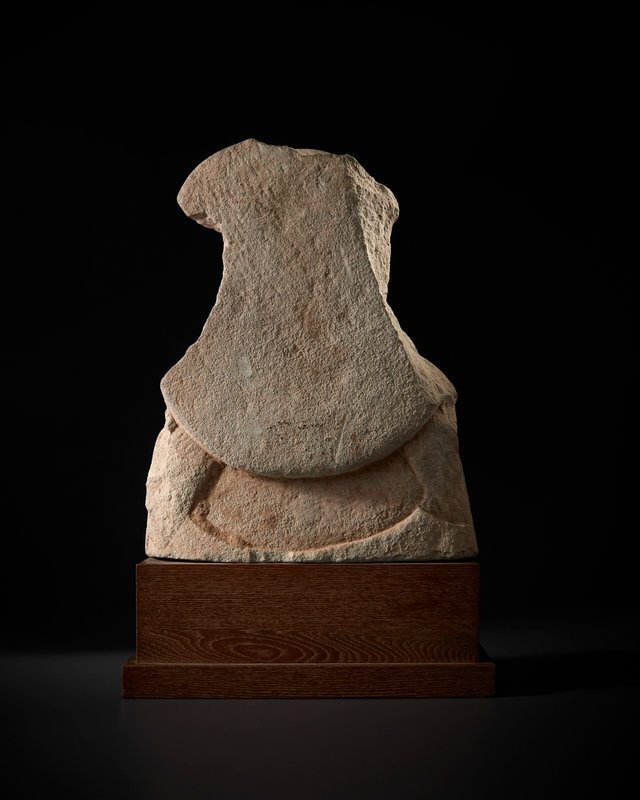
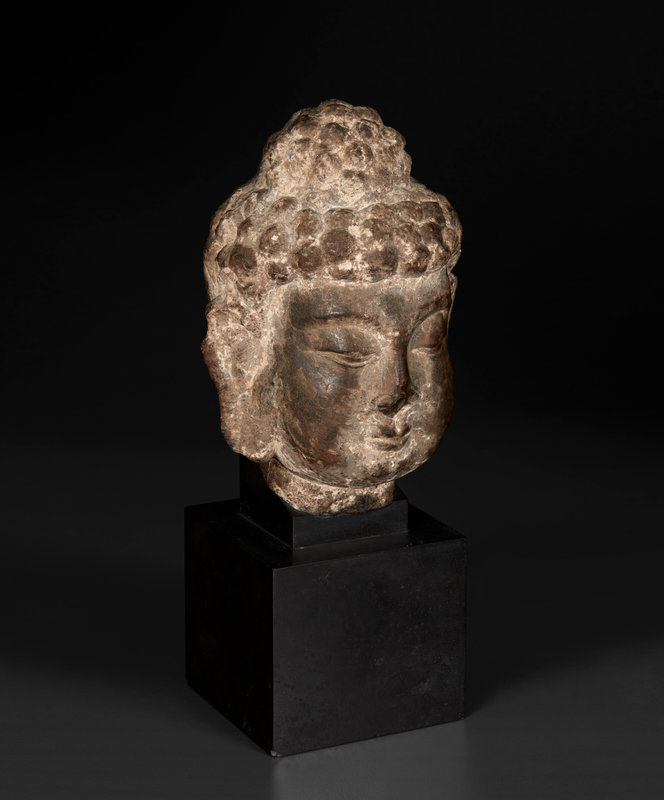
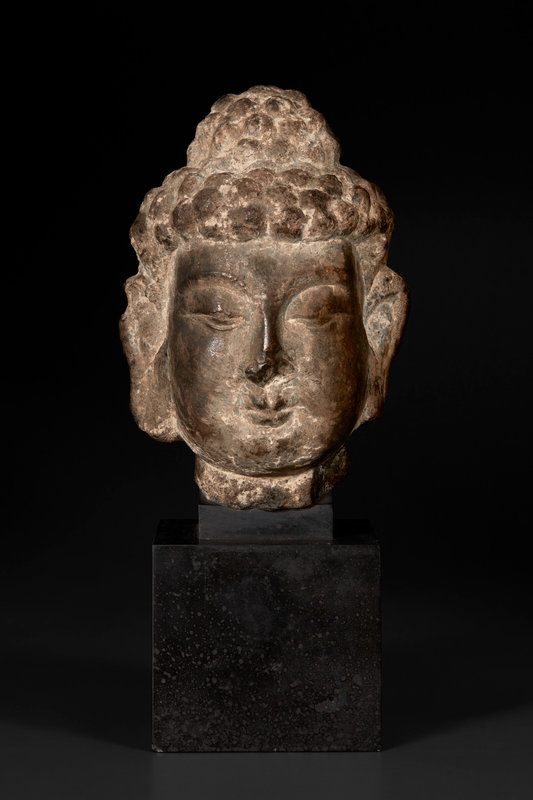








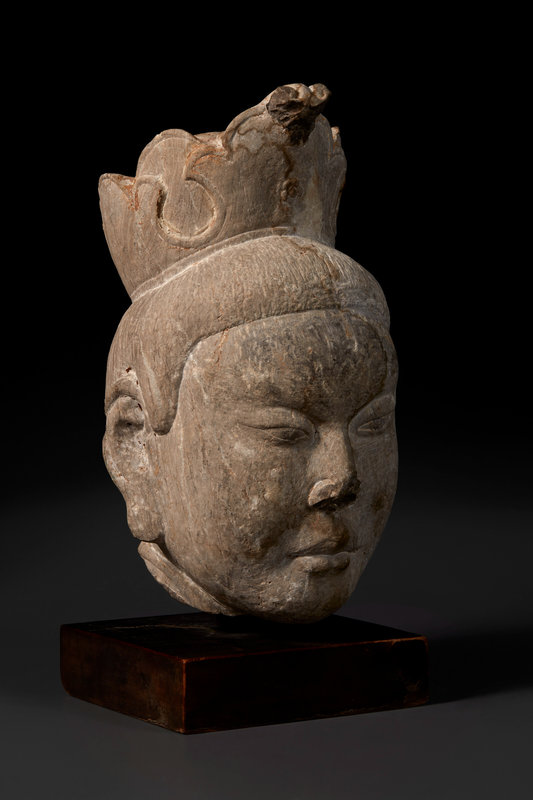




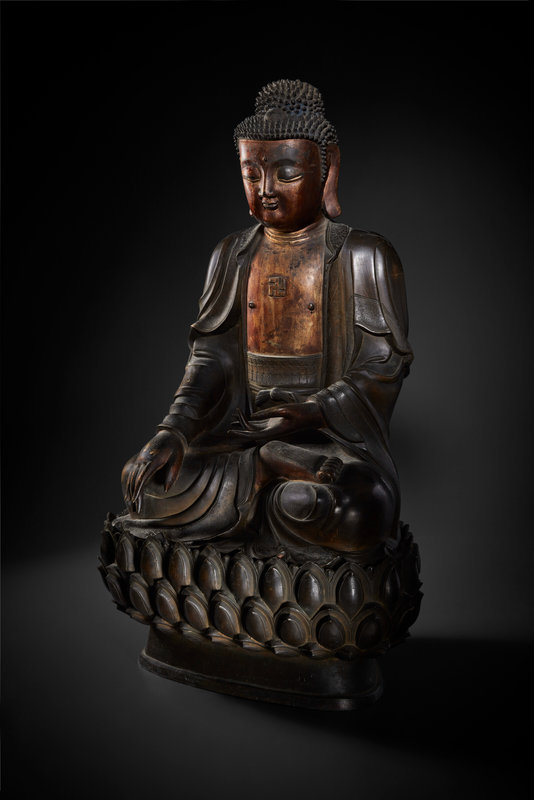





/image%2F1371349%2F20240309%2Fob_020705_110-1.jpeg)
/image%2F1371349%2F20240309%2Fob_113c6e_79-1.jpeg)
/http%3A%2F%2Fstorage.canalblog.com%2F70%2F68%2F119589%2F129847829_o.jpg)
/http%3A%2F%2Fstorage.canalblog.com%2F30%2F56%2F119589%2F129804783_o.jpg)